How to Assay Tin & Antimony Ore

If the ore be poor, it ought to be concentrated, the vein stuff being got rid of as much as possible. If mixed with iron or copper pyrites, it ought to be calcined or else treated with acids. One method is, as in Cornwall, to mix the ore with one-fifth of its weight of anthracite […]
Zinc Minerals
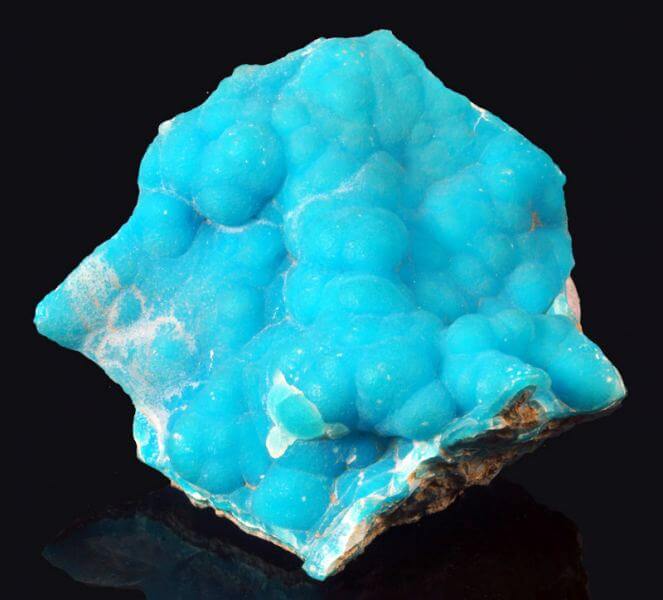
Minerals to be tested for zinc should be treated along with carbonate of soda on charcoal, before the blowpipe. The presence of the metal is known by the incrustation on the charcoal (very luminous when strongly heated) which is when hot, yellow ; when cold, white. If the incrustation be moistened with nitrate of cobalt […]
Mercury Mineral Group
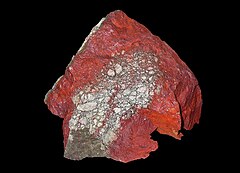
If heated in a glass tube together with carbonate of soda, mercury compounds yield a sublimate of mercury on the cold part of the tube. Native Mercury Is sometimes found as fluid globules of a tin-white colour. S.G-.—13·6. Is volatile before the B.F., and easily dissolves in nitric acid. Cinnabar (sulphide of mercury) This is […]
Lead Mineral Group

Lead compounds part of the Lead Mineral Group, if heated with carbonate of soda on charcoal before the blowpipe flame, yield malleable metal, and also a yellow oxide of lead incrustation. If dissolved in nitric acid, the white sulphate of lead may be thrown down as a precipitate by adding sulphuric acid ; or as chloride […]
Is Iron a Mineral or Rock
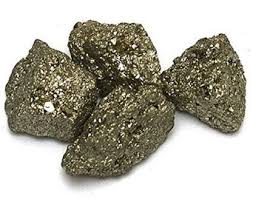
If you wonder whether Iron a Mineral or Rock, here is your answer: IRON IS A ELEMENT! found IN ROCKS AND MINERALS. When heated before the blowpipe some of the ores are infusible, while most become, if not naturally so, attractable by the magnet. When the test is not destroyed by the presence of other […]
Unconfined Compressive Strength Test of Rock

This test method specifies the apparatus, instrumentation, and procedures for determining unconfined compressive strength of intact rock core specimens. This procedure is identical to ASTM D 2938 except that the cores are tested after cutting without grinding, and neoprene caps are used on the specimen ends. Unconfined Compressive Strength Test Procedure Check the ability of the spherical seat […]
Determine the Proper Grind Size for Gold Ore

Without mineralogy, estimating the optimum Grind Size for Gold Ore Sample is most conveniently made by Laboratory Testing and the agitation leaching method, and it will be necessary to make up 3 or 4 bottle charges in order to have enough ore* for the subsequent screen analysis. Take an average sample of the ore and grind […]
Calculating Cyanide Consumption
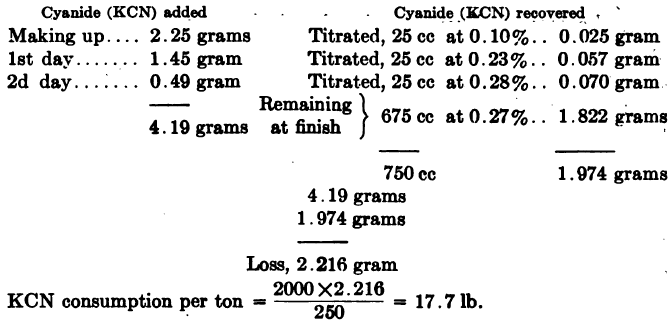
Computing Cyanide Consumption of a laboratory leach test may be done as in the following example: Ore taken, 250 grams. Ratio of solution to ore, 3:1 = 750 cc: 250 grams. Cyanide strength, 0.3% KCN. Or when working on the metric system, Ore taken 200 grams, ratio of solution to ore 3:1 = 600 cc: 200 grams, […]
How to Test Ore or Rock for Gold Content
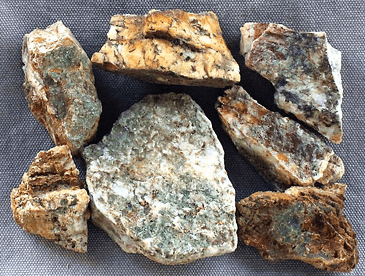
In all experiments aimed at testing the gold content of rocks or “ore”, you should ask yourself whether the conditions of his test differ in any vital particular from those that would obtain on a commercial scale; if so, there is no guarantee that his results would be borne out in a working plant. Small scale […]
Tavener Process – Smelting Gold with Lead & Flux
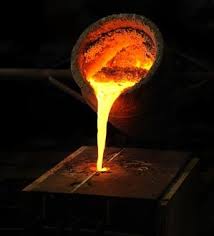
The Tavener process of melting the gold precipitate in a reverberatory furnace with litharge, thus forming a lead bullion which was afterward cupelled in the usual way. He deals with the zinc shorts by the same method but recommends that the two products be partially dried and separately fluxed. For the precipitate he uses the […]
